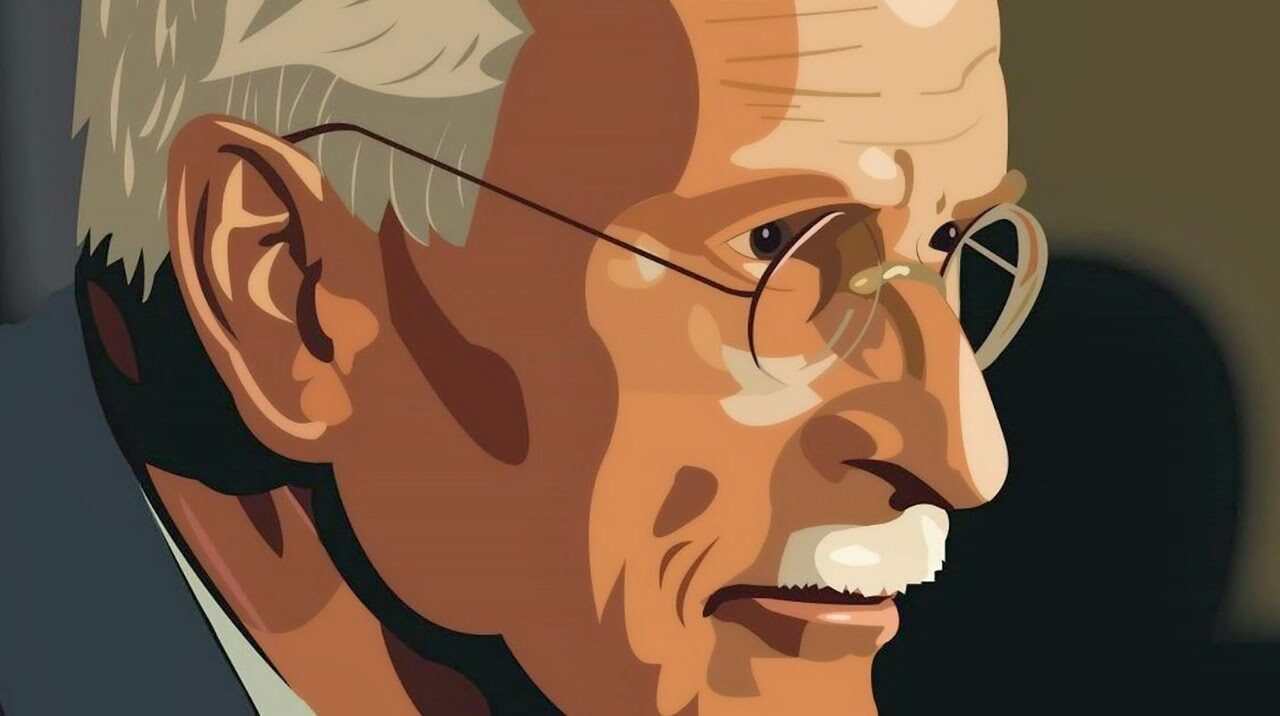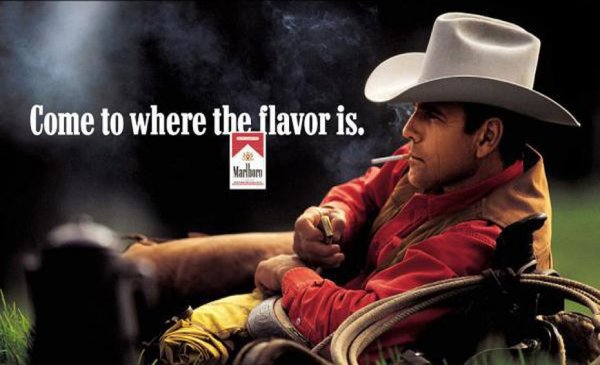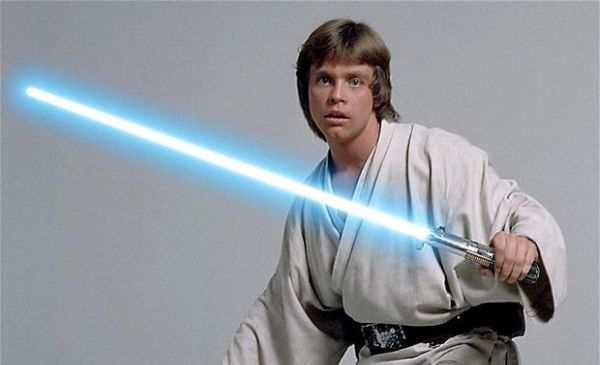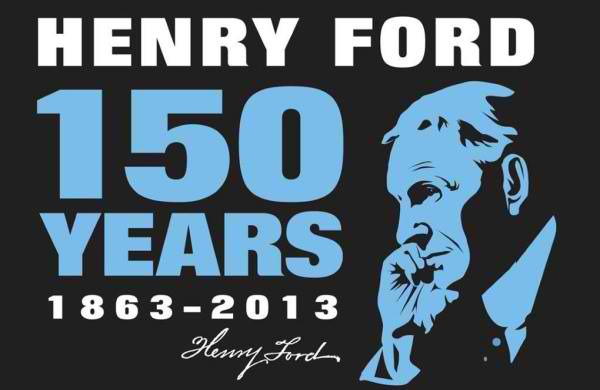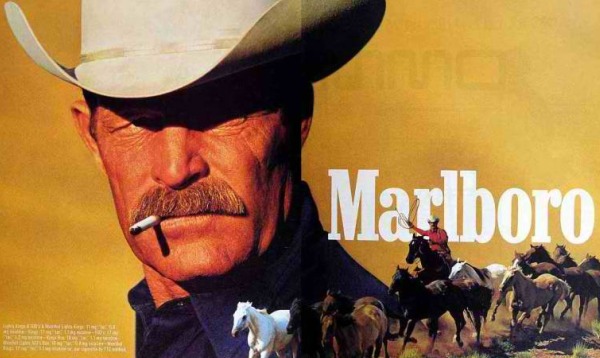Brand Advantage: Become Your Own Archetype
It has become standard for marketing and communications pros to spin psychologist Carl Jung’s wheel of archetypes, hoping to land on an appropriate story model for their brand. That’s great. But here’s how to level up — the real marketing objective should be to become your own archetype, right?

